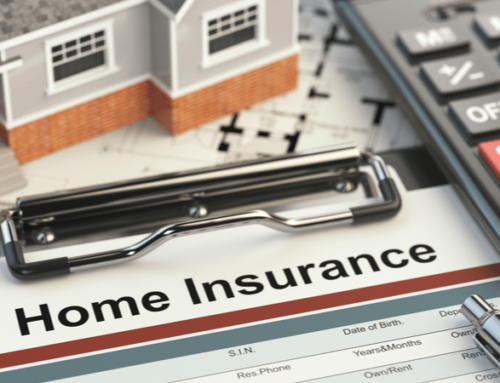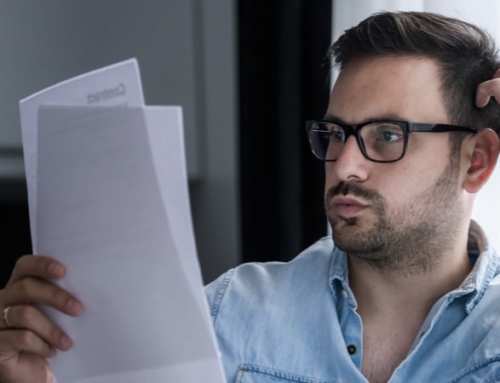A San Diego woman and her father were sentenced to jail time for their involvement in an elaborate $1.5 million insurance fraud scheme for disability benefits. Four people pleaded guilty to federal fraud charges for their roles in a staged auto accident scheme. A Bridgeport, N.J., personal injury attorney masterminded an insurance fraud scheme that included an unlicensed doctor and several chiropractors and that netted $2.5 million in settlements. The list goes on and on.
Property and casualty insurance fraud cost Americans $30 billion annually, according to the National Insurance Crime Bureau (NCIB). The total cost exceeds $120 billion annually when you include other types of insurance fraud, like health, life, and specialty insurance.
Who commits fraud?
Fraud may be committed by different parties involved in insurance transactions, such as applicants for insurance policies, policyholders, third-party claimants, and professionals who provide services and equipment to claimants.
Common frauds including padding or inflating actual claims, misrepresenting facts on insurance applications, and submitting claims for injuries or damage that never occurred. In fact, every day it seems a new scheme appears. Some of the schemes include:
- Arranged auto thefts
- Arson
- Burglaries that are not genuine
- Exaggerated injuries
- Flooded vehicles
- Identity theft
- Marine vessel theft and fraud
- Motorcycle theft and fraud
- Staged auto accidents (also known as “swoop and squats”)
- Staged slips and falls
- Workers compensation fraud
Who does insurance fraud harm?
Insurance fraud is neither a victimless crime nor one that harms only the insurance industry. Insurance fraud takes a personal toll, too. Innocent people die from insurance schemes, such as staged auto accidents and arson. Fraud increases the cost of insurance for everyone, and prices for everything from groceries to retail goods rise when businesses have to pass on higher insurance costs.
For example, widespread criminal activity and abuse of Florida’s no-fault auto insurance system resulted in an additional $658 million “fraud tax” on auto insurance costs in 2011, a 7 percent increase from 2010. On a per-vehicle basis, that works out to $58 for every vehicle in Florida. Since 2009, no-fault fraud has cost Florida drivers and insurers nearly $1.3 billion.
A January 2011 study of New York’s no-fault system by the Insurance Research Council (IRC) showed that the New York City area was ripe for fraud. About one in every five no-fault claims appeared to have some element of fraud, and as many as one in three appeared to be inflated.
How can you protect yourself?
Stay alert, ask questions, and be wary of suspicious insurance transactions.
- Stay alert, ask questions, and be wary of suspicious insurance transactions.
- Never sign blank insurance claim forms.
- Demand detailed bills for repair and medical services, and check them for accuracy.
- Be wary of buying insurance from door-to-door or telephone salespeople.
- Be suspicious if the price of insurance seems too good to be true.
- Contact your state insurance department to make sure the agent and company are licensed.
- Keep your insurance identification number stored securely.
- Be cautious if a car suddenly pulls in front of you, forcing you to follow dangerously close. It may be a set up for a swoop and squat that results in a staged auto accident.
- After an auto accident, be careful of strangers who urge you to consult with a specific medical clinic, doctor, or attorney. That professional could be part of a fraud ring.
If you think you’ve been scammed, contact your state’s insurance department or the NCIB at 1-800-TEL-NICB. The NICB allows the public to submit anonymous insurance fraud and crime tips.
Loretta Worters is vice president with the Insurance Information Institute, a non-profit organization whose mission is to improve public understanding of insurance—what it is and how it works. Follow her on Twitter @LWorters.





